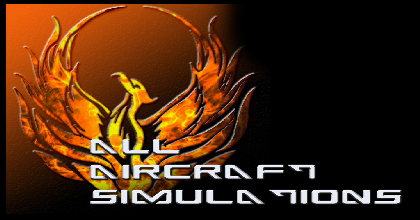02.04.2010, 21:06
The following information has been acquired from a former air force pilot and WW2 fanatic who served in the Indo-Pak Wars of 1965 and 1971.
As most of you know, normal bullets are impossible to see. So if a dude fires at another aircraft and misses, no biggy. He wont see that hes being attacked. But the moment he sees those buzzing yellow splotches of light, hes gonna be onto you.
A little unknown fact is that tracers have a slightly different trajectory than normal bullets, specially at longer ranges. Iv been told that this is because of the heat generated by the burning chemical on them. So when a pilot sees tracers coming out of his aircraft, thats not really where his rounds are going.
When an aircrafts ammunition is hit, its usually not the ammunition that explodes but the Phosphorous tips on the tracers catch fire and they cause the ammo to explode.
Lastly, though this practice was stopped later, throughout most of the duration of the second world war, the last few rounds on an aircraft were all tracers. This was to tell the pilot that he was out of ammo. The dude that hes chasing will now slowly smile to himself after seeing the consecutive tracers, turn around and blow the poor bugger out of the sky. The idiots who came up with this stupid idea might have missed that the pilot will know that hes out in any case when his guns stop firing.
As most of you know, normal bullets are impossible to see. So if a dude fires at another aircraft and misses, no biggy. He wont see that hes being attacked. But the moment he sees those buzzing yellow splotches of light, hes gonna be onto you.
A little unknown fact is that tracers have a slightly different trajectory than normal bullets, specially at longer ranges. Iv been told that this is because of the heat generated by the burning chemical on them. So when a pilot sees tracers coming out of his aircraft, thats not really where his rounds are going.
When an aircrafts ammunition is hit, its usually not the ammunition that explodes but the Phosphorous tips on the tracers catch fire and they cause the ammo to explode.
Lastly, though this practice was stopped later, throughout most of the duration of the second world war, the last few rounds on an aircraft were all tracers. This was to tell the pilot that he was out of ammo. The dude that hes chasing will now slowly smile to himself after seeing the consecutive tracers, turn around and blow the poor bugger out of the sky. The idiots who came up with this stupid idea might have missed that the pilot will know that hes out in any case when his guns stop firing.


 Once a pilot was used to combat and had his say, there's no real right or wrong
Once a pilot was used to combat and had his say, there's no real right or wrong